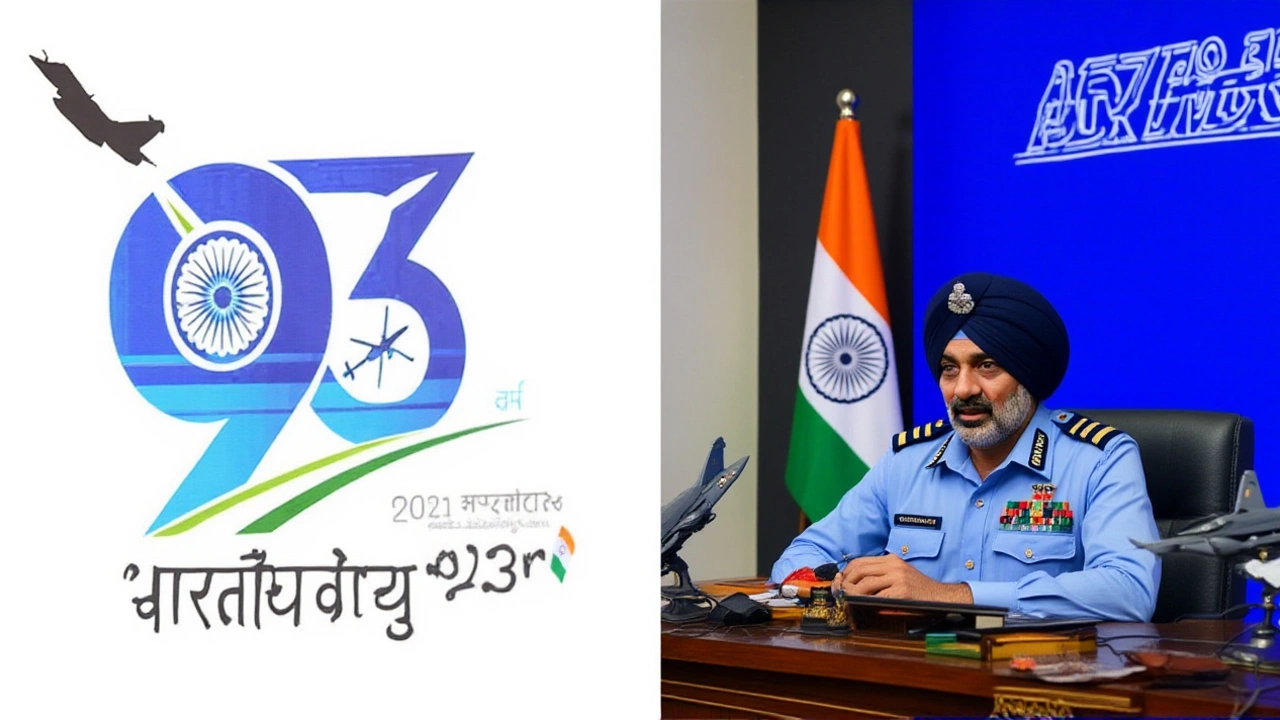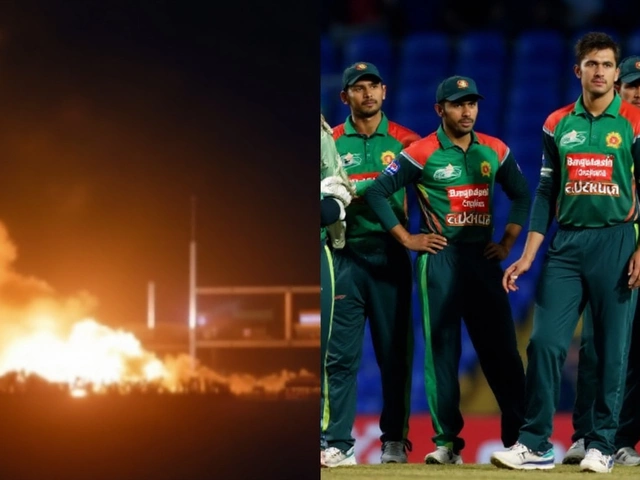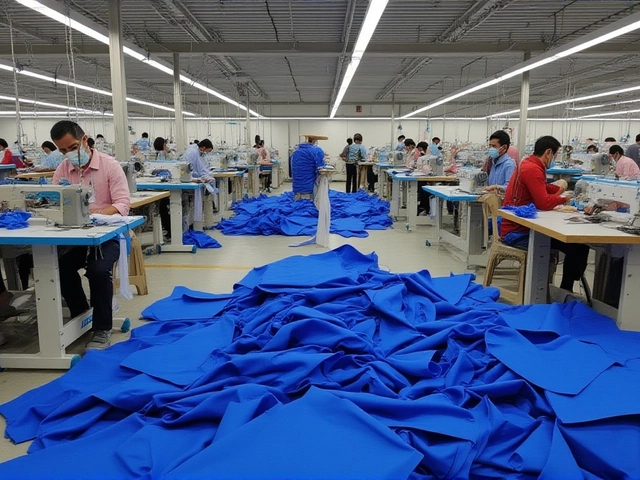Indian Air Force – Overview and Highlights
When discussing Indian Air Force, India’s aerial warfare service that secures the nation’s airspace and supports ground operations. Also known as IAF, it operates a wide range of fighter jets, high‑speed combat aircraft designed for air superiority and conducts strategic airlift, long‑range transport missions moving troops, equipment, and humanitarian aid. This combination of combat power and logistical reach makes the IAF a cornerstone of India’s defense.
The broader field of defense aviation, the design, production, and operation of aircraft for military purposes drives the IAF’s modernization. New airframes, advanced avionics, and network‑centric warfare concepts all flow from defense aviation research. As a result, the IAF continually upgrades its fleet, ensuring that the latest Indian Air Force capabilities stay ahead of regional threats.
Key Areas of Focus
One of the most visible pillars of the IAF is its fighter jet fleet. Platforms like the Su‑30MKI, Rafale, and indigenous Tejas give the service air‑to‑air and air‑to‑ground flexibility. These aircraft are not just machines; they embody a blend of speed, stealth, and sensor integration that defines modern air combat. Pilots undergo rigorous training to exploit every ounce of performance, making the squadron’s readiness a direct function of both technology and skill.
Strategic airlift, on the other hand, is the silent workhorse that keeps the nation moving. The C‑130J, IL‑76, and the newer Airbus A‑320 family transport aircraft enable rapid deployment of troops, heavy equipment, and essential supplies across vast distances. During natural disasters—like the heavy rains that battered Delhi in early October—the IAF’s airlift units were among the first to deliver relief, showcasing how military logistics can serve civilian needs.
Training and technology go hand‑in hand. The IAF runs state‑of‑the‑art simulators, live‑fire ranges, and joint exercises with friendly air forces. Digital cockpit displays, data links, and AI‑driven maintenance schedules all aim to reduce downtime and increase mission success rates. The emphasis on cyber‑resilience and electronic warfare further expands the IAF’s defensive envelope beyond traditional aircraft.
Modernization is a constant theme. Recent procurement plans include more Rafale fighters, additional Tejas Mk‑II units, and a push toward fifth‑generation stealth platforms. The service is also exploring unmanned aerial vehicles (UAVs) for reconnaissance and strike roles, opening a new chapter in “pilot‑less” operations. These acquisitions reflect a strategic intent to maintain air superiority while adapting to emerging threat spectra.
Beyond combat, the IAF plays a crucial role in humanitarian assistance and disaster relief (HADR). When floods, earthquakes, or cyclones strike, the IAF mobilizes helicopters like the Mi‑17 and transport aircraft to evacuate civilians, deliver medical aid, and restore connectivity. This dual‑use capability underscores why air power is often described as both a sword and a shield.
Looking ahead, the IAF faces challenges such as integrating space‑based assets, counter‑unmanned threats, and ensuring sustainable logistics for an expanding fleet. Partnerships with industry, academia, and international allies are essential to develop indigenous solutions, safeguard supply chains, and nurture the next generation of aviators. As technology evolves, the IAF’s ability to adapt will dictate how effectively it can protect India’s skies.
Below you’ll find a curated set of articles that dive deeper into these topics—ranging from fleet updates and operational anecdotes to insights on how the IAF supports disaster relief and embraces emerging tech. Explore the collection to get a fuller picture of the Indian Air Force’s impact today and its roadmap for tomorrow.

Air Chief Marshal A.P. Singh Leads IAF Day 2025 at Hindon, Unveils IRSA 1.0
The Indian Air Force marked its 93rd anniversary on Oct 8, 2025 at Hindon Air Base, unveiling the IRSA 1.0 communication system and featuring a dramatic fly‑past under Air Chief Marshal A.P. Singh.
CONTINUE READING



